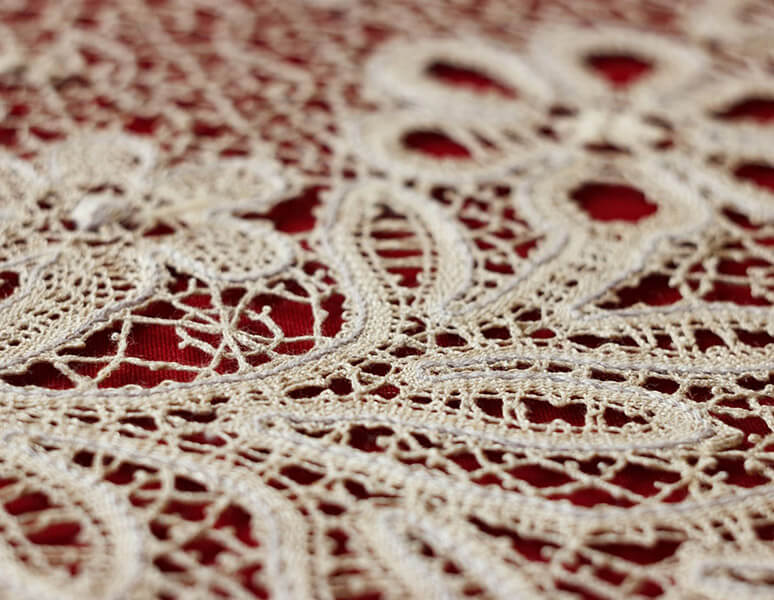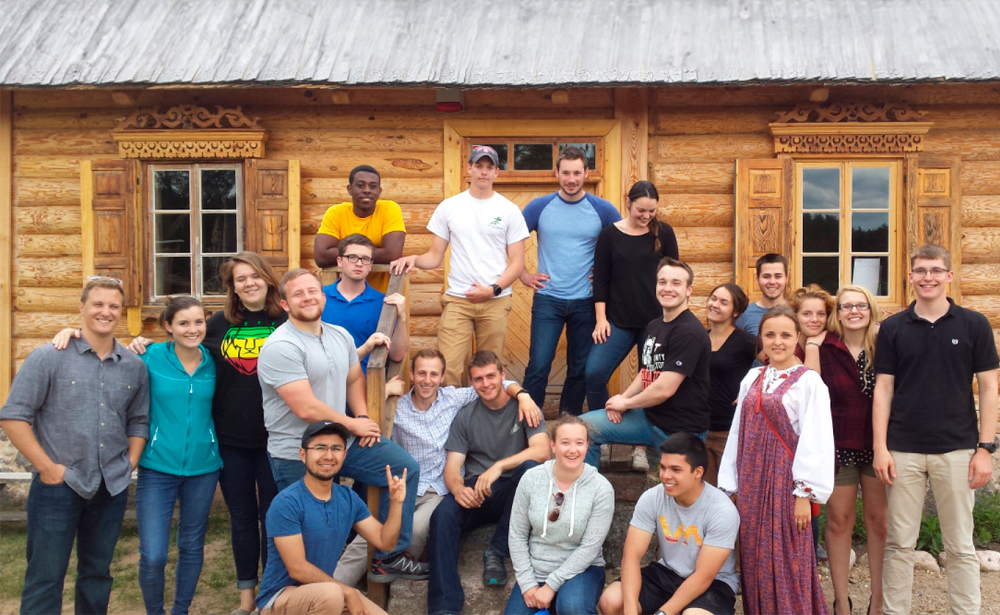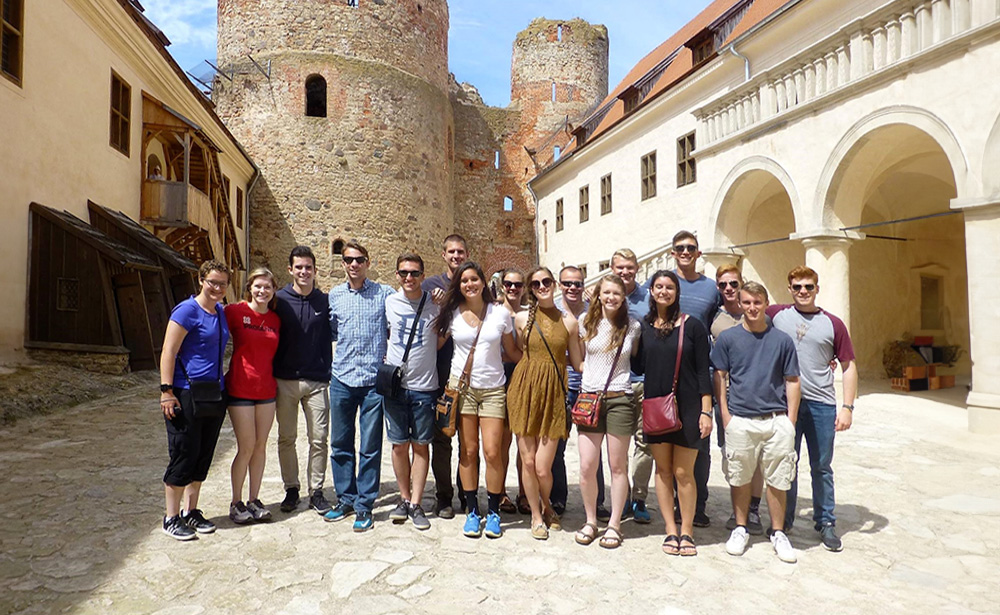Vologda Lace
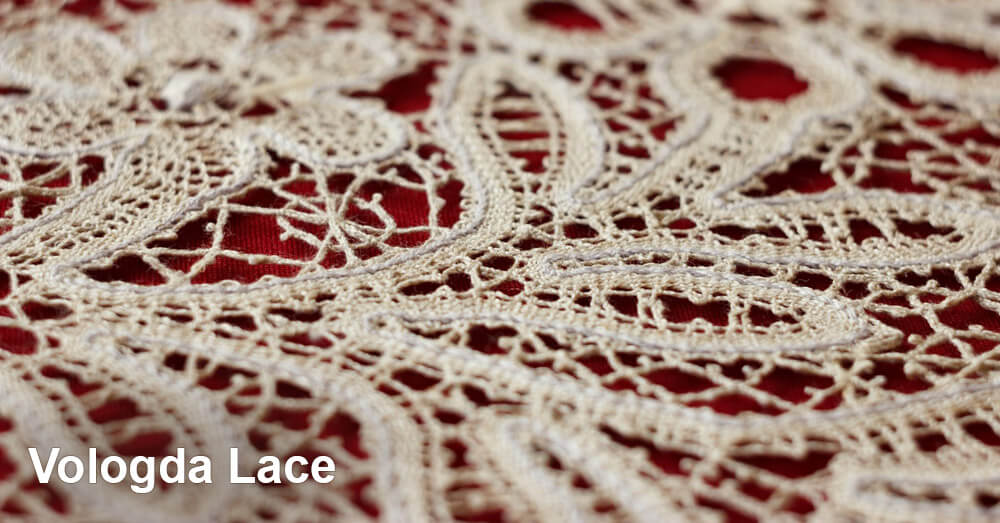
Vologda lace is a unique type of decoration in the Russian folk art that impresses with the richness and variety of its lines, ornaments, and patterns. In this article, we’re going to tell you about the special features of Vologda lace, as well as about its origins.
Origins
According to historical sources, the creation of Vologda lace as a home handicraft can be dated back to the 17th century. That time, craftsmen in Vologda had just started to learn lace making, and over time, this technique evolved in the European countries too. It also influenced the development of Russian lace craft as a trade.
In the 1820s, many landlords ‘ estates near Vologda began to create centers of lace weaving, where serf girls were weaving lace trims to the dresses of ladies in Moscow and St. Petersburg. Lace decoration of clothes was in fashion in many European countries.
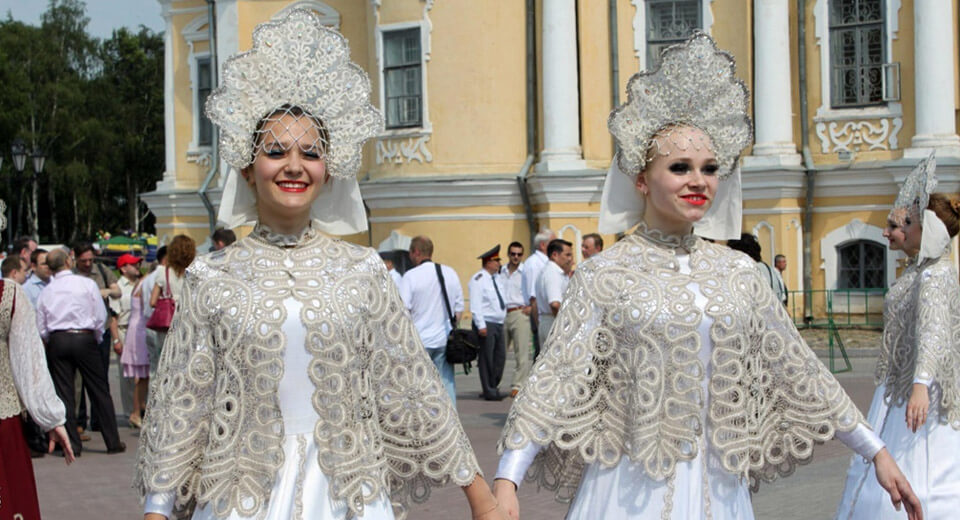
Lace weaving was getting increasingly popular. If by the end of the 19th century four thousand women were involved in lace-making, by the beginning of the 20th century their number increased to almost forty thousand people. Also, a vocational school which taught lace-weaving was opened, and the lace union with its own art laboratory was founded in Vologda.
At first, the makers were weaving lace that was used for decorating clothes, and then the workshops began to produce a large number of products apiece, such as napkins, gloves, tablecloths, scarves, curtains, and covers of lace.
Patterns of Vologda lace
Lace-makers often used motifs from nature, or various floral designs. They were inspired by nature, therefore they tried to reflect it in their works. Over time, other ornaments were added, geometric shapes, triangles, squares appeared. A characteristic feature of Vologda lace is a wide border that forms a pattern, and a thin, mesh background.
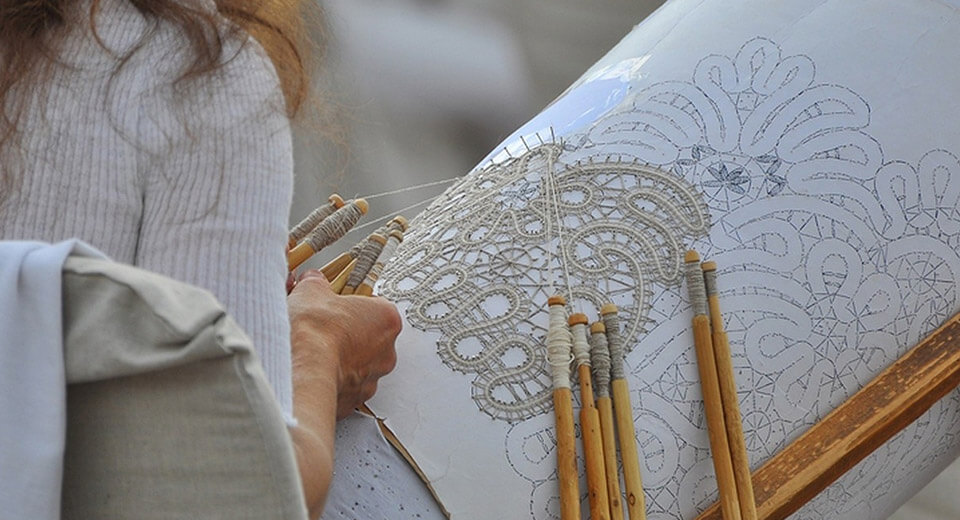
There are also such patterns as:
- Farforiki
- Spider
- Kosoryadka
- Mill
- Path
- Turtle
- Fish
- Bur
Vologda lace today
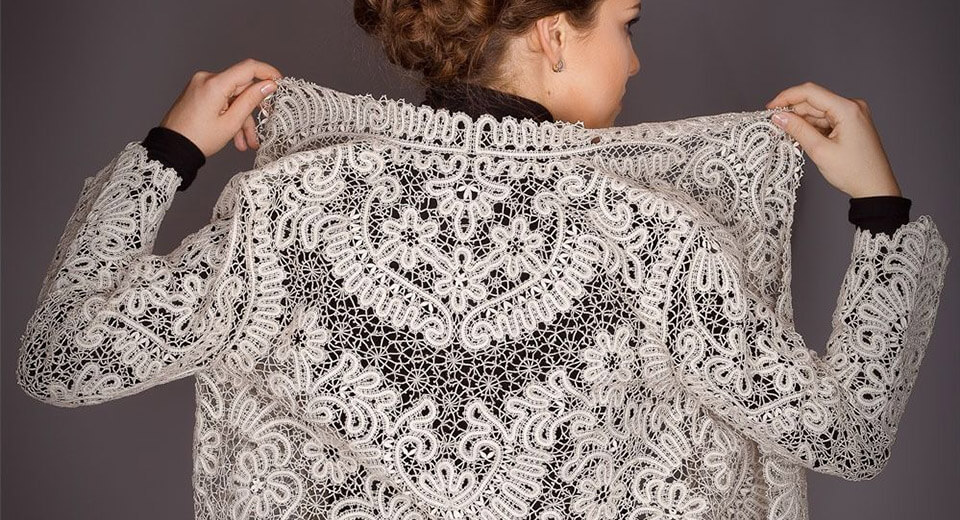
In recent decades, many people are getting increasingly interested in the lace craft. In Vologda, there is a museum where you can enjoy the unique lace items. There is a large number of workshops both live and on the Internet for those who would like to try lace-making. Vologda lace making is a meticulous job. However, there are many types of weaving, and you can try any of them.
Vologda craft got a broad fame in Russia and abroad. Vologda lace can be called unique; they attract lots of tourists to Vologda, and the works of Vologda lace designers and makers have won prizes at many European exhibitions.

You may be interested
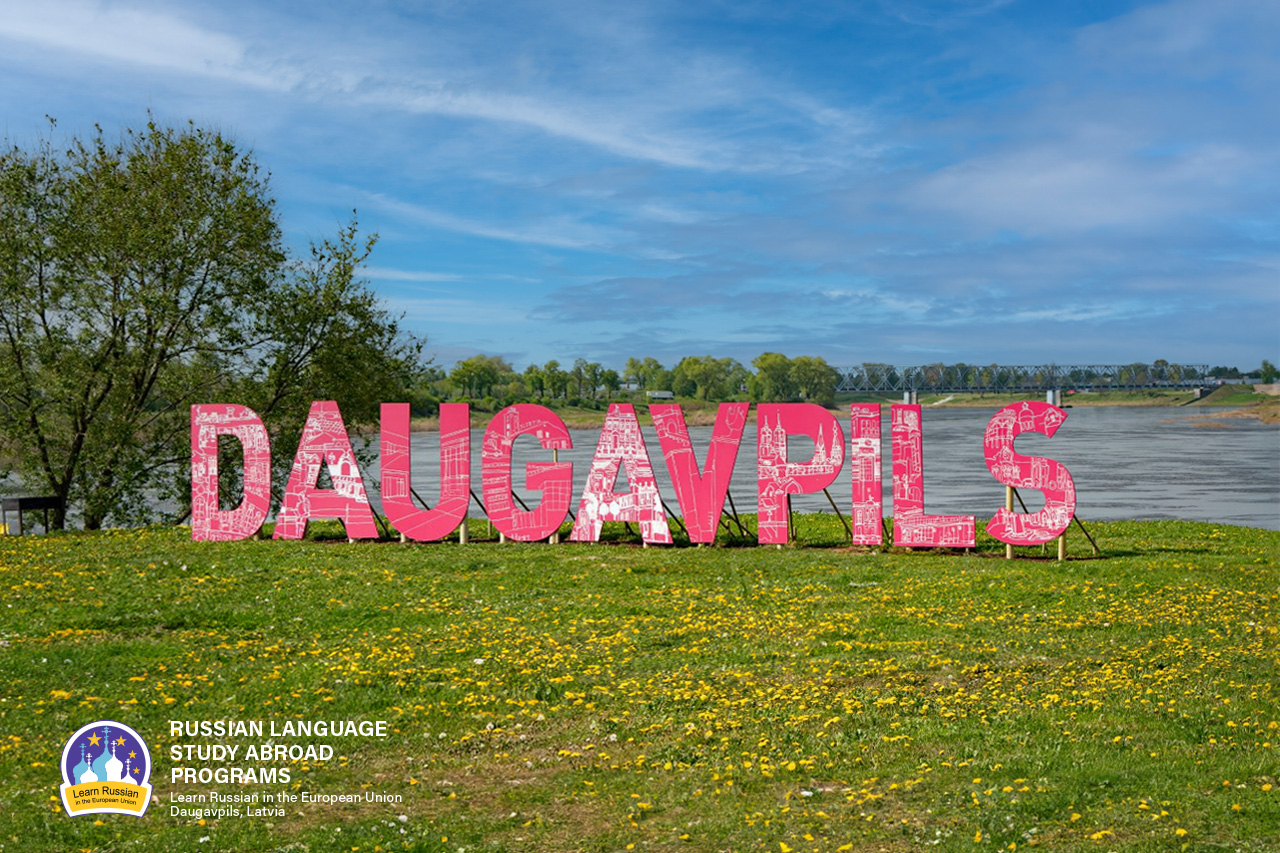
Why do people speak Russian in Daugavpils?
As it seems to us, Daugavpils is the best place to learn Russian now, because our city is situated in the EU and NATO, but at the same time 90% of the city’s population speak Russian at home.
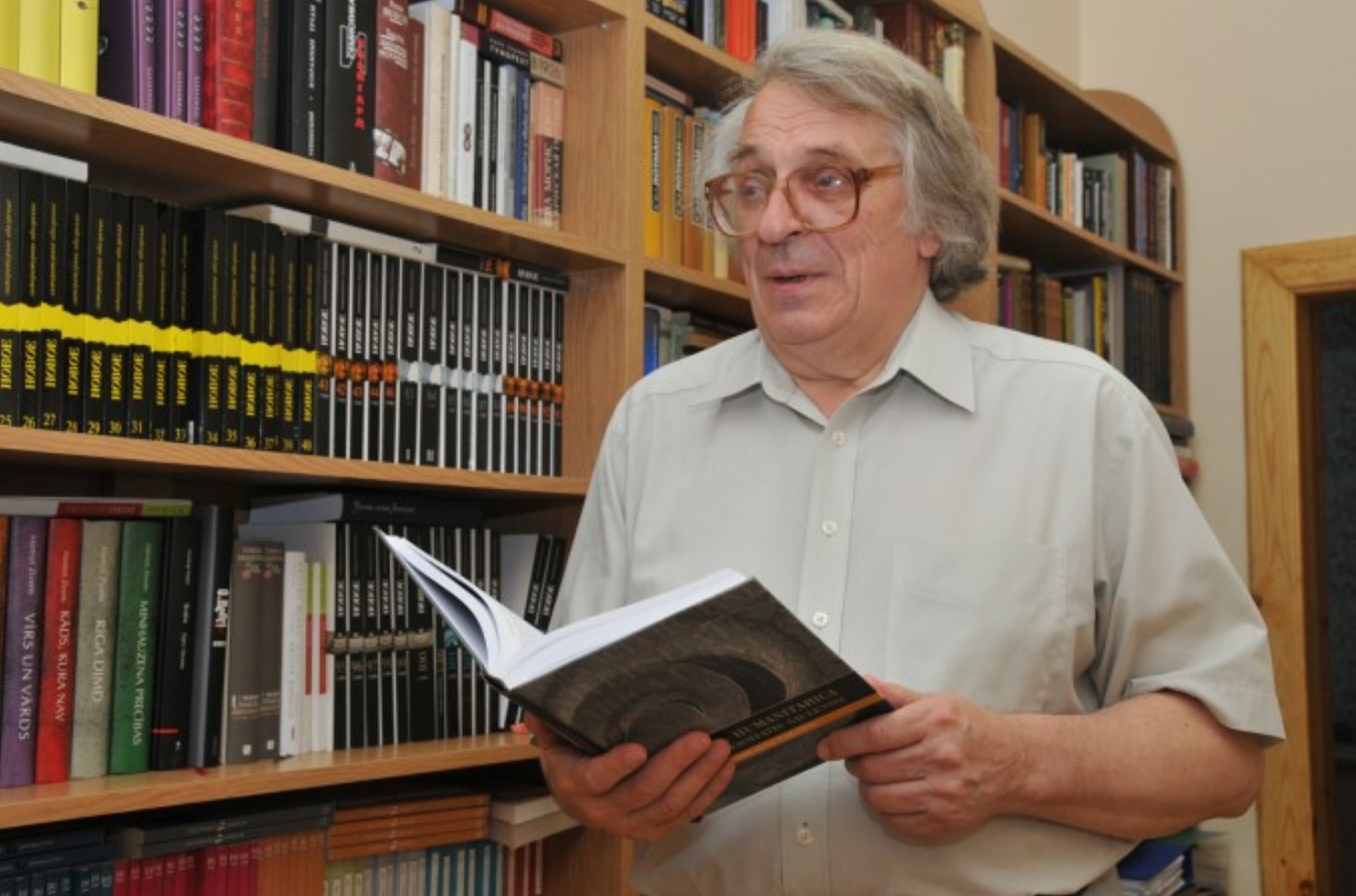
ЭТЮД О ДВИНСКЕ
Etude on Dvinsk by F.Fedorov
The Baltic region is one of the most catastrophe prone regions of the 2nd millennium, especially its second part; it is the centre of attraction of ‘geopolitical’ interests of the European world. Probably the most tragic fate has befallen to the eastern part of the present Latvia and its multi-titled town of Dinaburg – Dvinsk – Daugavpils. During its 730 years long history, the town went through five rather autonomous periods of development, five different lives (German, Polish, Russian, Latvian, Soviet), and at the beginning of the 1990s it entered into the 6th period.
The history of Dinaburg – Dvinsk – Daugavpils is the history of five attempts by the town to begin its life anew; and this is determined not only by the fact that the town was four times burned down and had to start life from scratch, but first and foremost because each of these periods was characterized by a total change of ethnos and the socio-cultural field.
The present article deals with the cultural space of the town in one of the most efficient periods of its development – from the 1860s till World War I.


